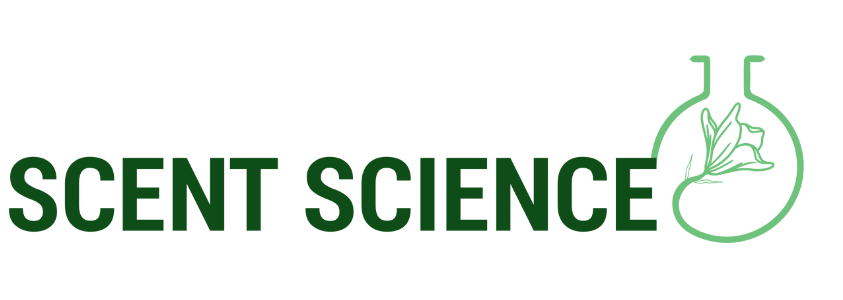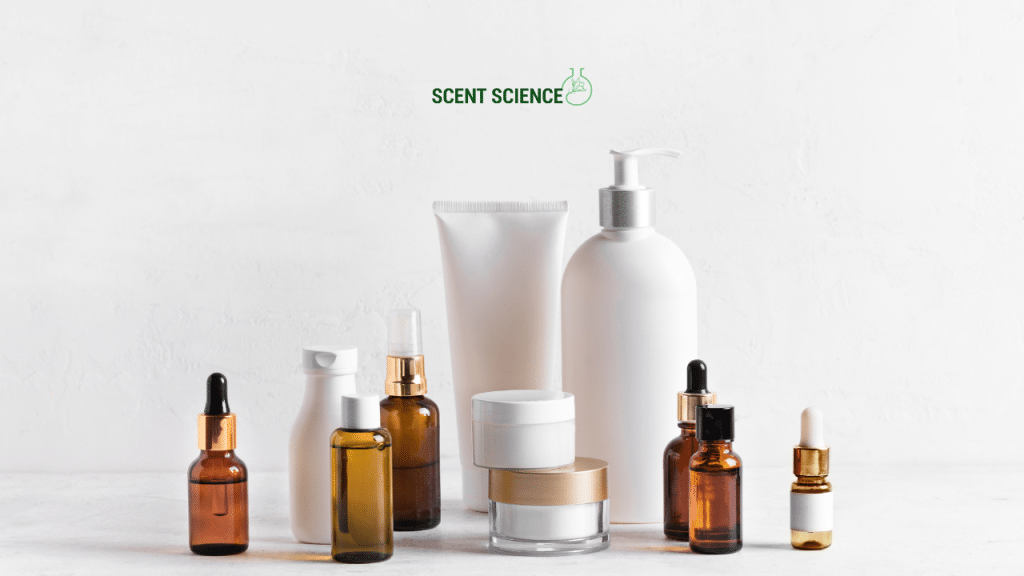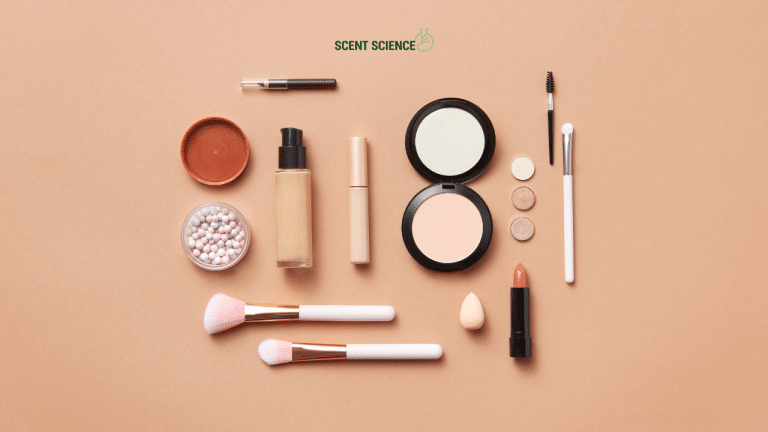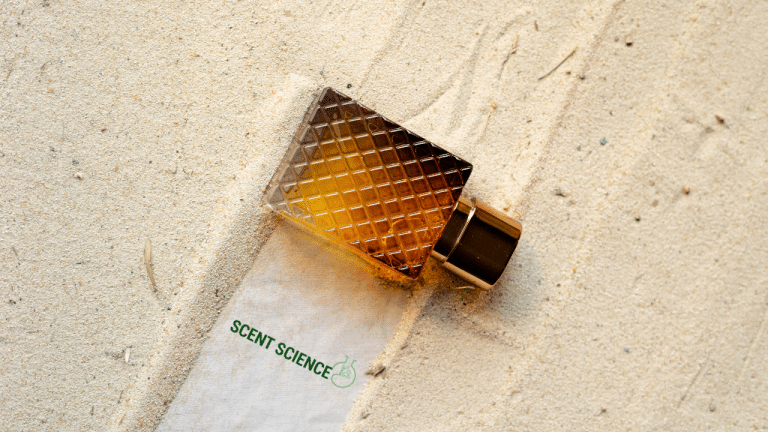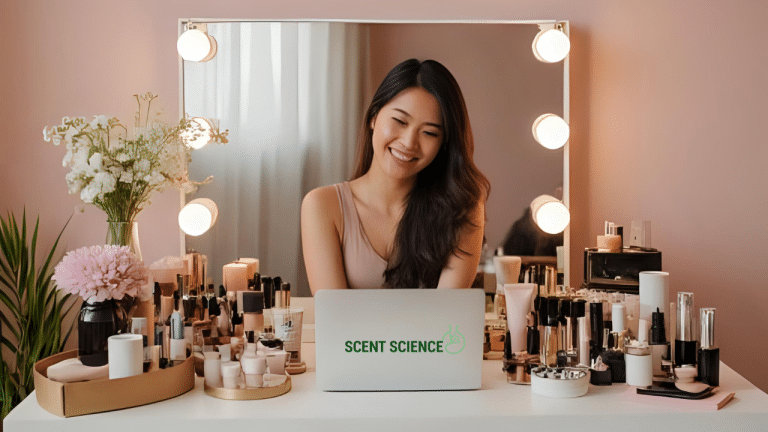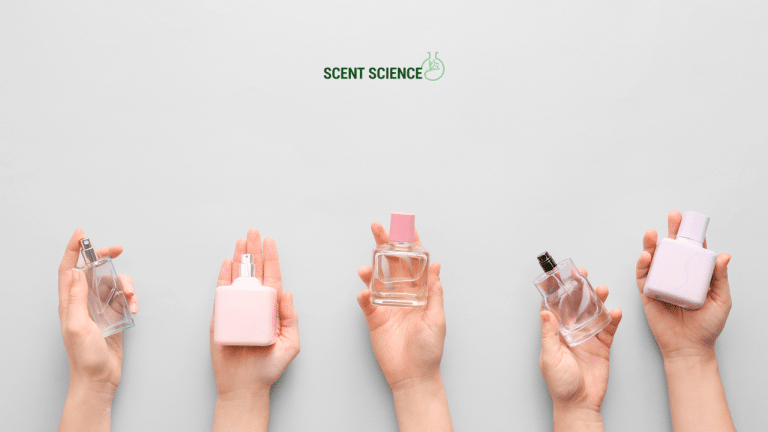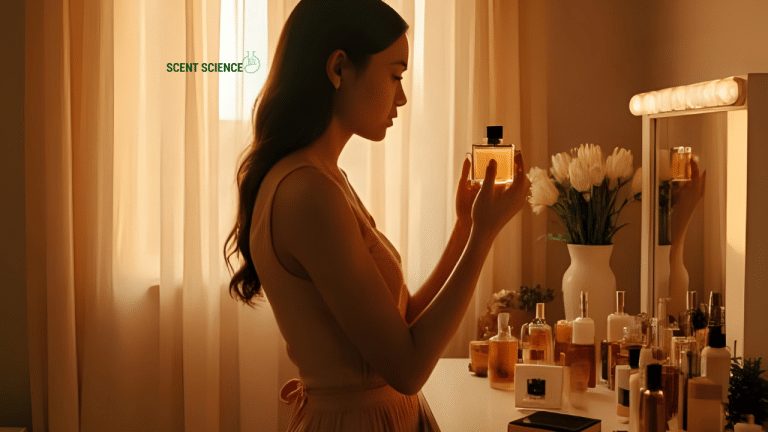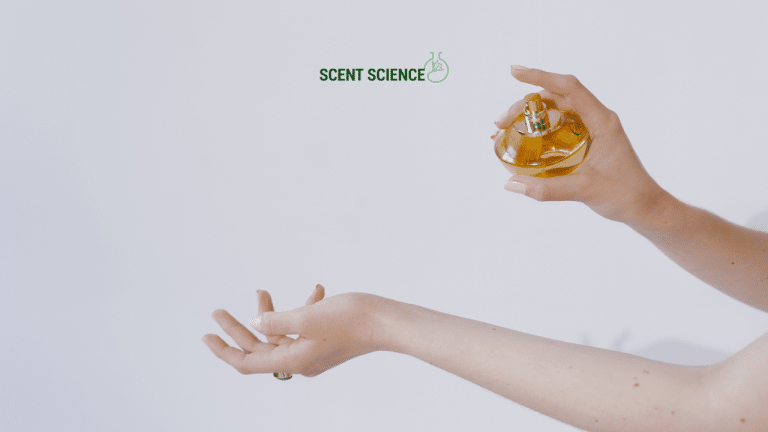If you have sensitive skin and you’re buying “unscented” products, you’re probably making your skin worse. Here’s why.
The basic facts:
- “Fragrance-free” and “unscented” are NOT the same thing
- “Unscented” products often contain MORE irritating ingredients
- Most people with sensitive skin are choosing the wrong products
- This mistake is costing you money and damaging your skin
What you’ll learn in 2 minutes:
- Which label actually protects your skin
- Why “unscented” is often the worst choice
- How to spot hidden fragrances in seconds
- The exact products that actually work
Ready to stop wasting money on products that hurt your skin? Let’s fix this.
Table of Contents
ToggleWhy Your Skin Reacts to Fragrances
What Happens When You React
Your skin’s reaction process:
- Fragrance molecules get through your skin barrier
- Your immune system sees them as invaders
- It attacks with redness, itching, and bumps
- This can happen immediately OR 2 days later
- Once you’re sensitive, it usually gets worse over time
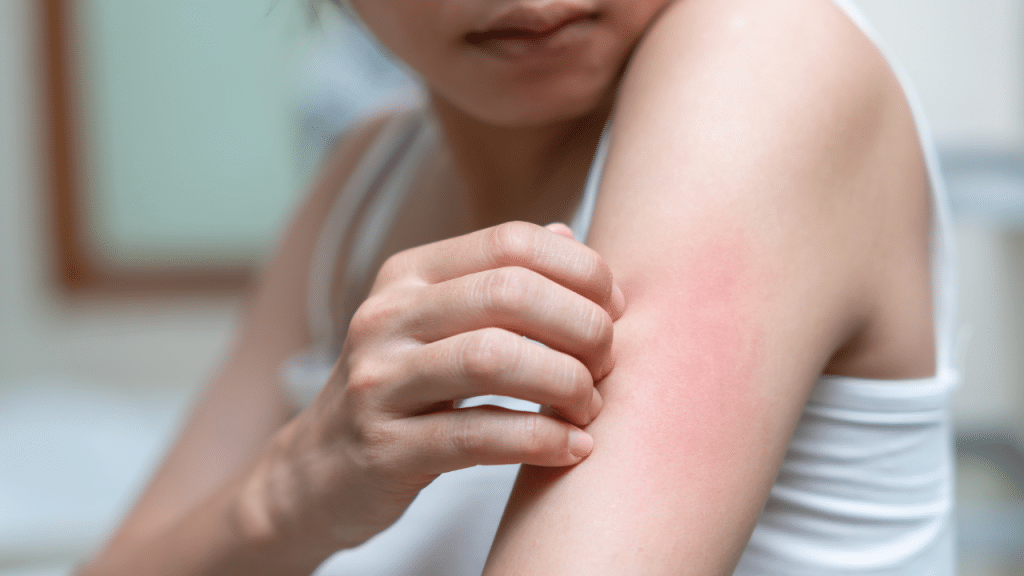
Important: You can use a product for years before suddenly reacting. Your skin just gets tired of fighting the same ingredients.
Why Some Fragrances Are Worse
The troublemakers:
- Smaller molecules penetrate deeper (cause more problems)
- Essential oils are often worse than synthetic fragrances
- Natural doesn’t mean safer for sensitive skin
- Multiple fragrances in one product = multiple problems
The bottom line: Your skin doesn’t care if something is “natural” or expensive. It only cares about chemistry.
Fragrance-Free: What It Actually Means
The Real Definition
“Fragrance-free” means:
- No added fragrances or perfumes
- No essential oils added for scent
- No masking agents to hide smells
- The safest choice for sensitive skin
But here’s the catch:
- Products can still have a slight smell from ingredients
- Preservatives might add odor (but they’re necessary)
- “Fragrance-free” doesn’t mean “odor-free”
How to Spot Real Fragrance-Free Products
Look for these clues:
- Ingredient list says “fragrance-free”
- No essential oils listed
- Slight chemical or neutral smell (this is normal)
- Plain, medical-looking packaging
- Brands that specialize in sensitive skin
Red Flags in “Fragrance-Free” Products
Watch out for:
- Sweet or floral smells (red flag!)
- Essential oils in ingredient list
- “Natural fragrance” anywhere on label
- Products that smell “pleasant”
- Brands that don’t specialize in sensitive skin
Quick test: If a “fragrance-free” product smells nice, it probably isn’t truly fragrance-free.
Unscented: The Problem Label
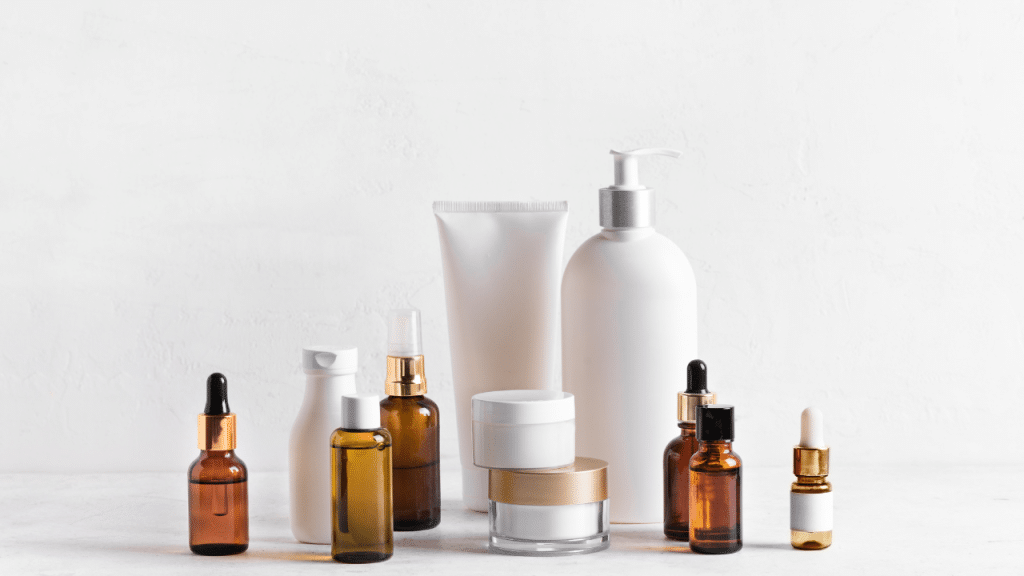
The Hidden Truth
What “unscented” really means:
- The product doesn’t smell like anything to most people
- BUT it often contains masking fragrances
- These hide the natural smells of ingredients
- You’re getting fragrance + anti-fragrance = double trouble
The shocking reality:
- Most “unscented” products contain 2-4 different fragrance compounds
- These masking agents are often MORE irritating than regular fragrances
- Studies show “unscented” products cause 40% more reactions
- You’re paying extra to make your skin worse
Common Masking Agents to Avoid
These ingredients hide in “unscented” products:
- Benzyl acetate
- Dipropylene glycol
- Diethyl phthalate
- Any ingredient with “fragrance” in the name
Real-world example: Popular “unscented” baby lotion contains lavender extract + masking agent + synthetic fragrance compounds. That’s three different ways to irritate sensitive skin.
The simple rule: If a product claims to be “unscented” but has zero smell, it probably contains masking agents.
How to Read Labels Like a Pro
Ingredient List Basics
What to look for:
- Ingredients are listed by amount (most to least)
- Fragrances usually appear in first 10 ingredients
- Look for anything with “fragrance,” “parfum,” or “aroma”
- Essential oils count as fragrances
Quick scan method:
- Read first 10 ingredients only
- Circle anything that sounds pleasant or flowery
- If you find any, move to next product

Hidden Fragrance Names
Common disguises:
- Essential oils (lavender, rose, citrus oils)
- Natural fragrance
- Botanical extracts
- Aroma or flavor
- Any oil ending in “-ene” or “-ol”
Memory trick: If you can’t pronounce it and it sounds like it might smell nice, it’s probably a fragrance.
Safe Brands and Products
Brands that actually mean “fragrance-free”:
- CeraVe (most products)
- Vanicream (entire line)
- The Ordinary (most serums)
- Free & Clear (specialized for sensitive skin)
What makes them trustworthy:
- Specialize in sensitive skin
- Clear, honest labeling
- No marketing fluff about “natural” fragrances
- Recommended by dermatologists
Quick shopping rule: When in doubt, choose brands that look boring and medical rather than pretty and luxurious.
Product Recommendations That Actually Work
Skincare Essentials
Cleansers:
- CeraVe Hydrating Cleanser – truly fragrance-free
- Vanicream Gentle Facial Cleanser – boring but effective
Moisturizers:
- Vanicream Daily Facial Moisturizer – lightweight, no reactions
- CeraVe PM Facial Moisturizing Lotion – night routine safe choice
Body Care:
- Vanicream Moisturizing Lotion – family-safe option
- CeraVe Daily Moisturizing Lotion – drugstore reliable
Why these work:
- No masking agents
- No essential oils
- Minimal ingredients
- Designed for problem skin
What to Avoid
Problem products people think are safe:
- Expensive “unscented” luxury moisturizers
- “Natural” products with essential oils
- Baby products with “gentle fragrance”
- “Sensitive skin” products that smell pleasant
Red flag brands:
- Luxury brands that prioritize packaging over ingredients
- “Clean” beauty brands that use lots of essential oils
- Products with more than 20 ingredients
Money-saving tip: The most effective fragrance-free products are usually the least expensive and least pretty. Your skin doesn’t care about Instagram-worthy packaging.
Simple Patch Testing Guide
The 48-Hour Test
Easy steps:
- Apply small amount to inner arm
- Cover with bandage if needed
- Check at 24 hours, then 48 hours
- Look for redness, bumps, or itching
- No reaction = probably safe for face
Important: Test new products even if they’re “fragrance-free.” Everyone’s skin is different.
Building Your Safe List
Smart strategy:
- Test one new product at a time
- Keep a list of products that work
- Note ingredients that don’t irritate you
- Stick with winning formulas
- Don’t fix what isn’t broken
Reality check: Once you find products that work, resist the urge to try new things. Boring consistency beats exciting reactions.
Frequently Asked Questions
Q: Is “fragrance-free” always better than “unscented”?
A: For sensitive skin, yes. “Fragrance-free” means no added fragrances, while “unscented” often means hidden masking fragrances.
Q: Can I trust products that say “hypoallergenic”?
A: No. “Hypoallergenic” has no legal meaning. Anyone can put it on any product.
Q: Are natural fragrances safer than synthetic ones?
A: Not for sensitive skin. Essential oils can be just as irritating as synthetic fragrances.
Q: Why do some fragrance-free products still smell?
A: Ingredients have natural odors. That slight chemical smell is normal and usually safe.
Q: How long before I see improvement after switching products?
A: Most people notice calmer skin within 1-2 weeks of eliminating problematic fragrances.
Q: Should I throw out all my current products?
A: Start by replacing your biggest irritants first. Focus on products you use daily on your face.
Your Action Plan
What to Do Right Now
Today:
- Check one product label for hidden fragrances
- Identify your biggest skin irritant
- Make a list of symptoms you want to improve
This week:
- Replace your worst product with a fragrance-free alternative
- Start patch testing new products
- Take “before” photos of problem areas
This month:
- Build your list of safe products
- Notice improvements in your skin
- Share what you learned with someone who needs help
Remember: Small changes add up. You don’t need to overhaul everything at once.
Explore our website scentsciencebeauty.com and read more about Hypoallergenic Beauty Solutions and Beauty Technology Trends.
Follow us on Social Media for more!
Because your skin deserves products that actually help, not hurt.
